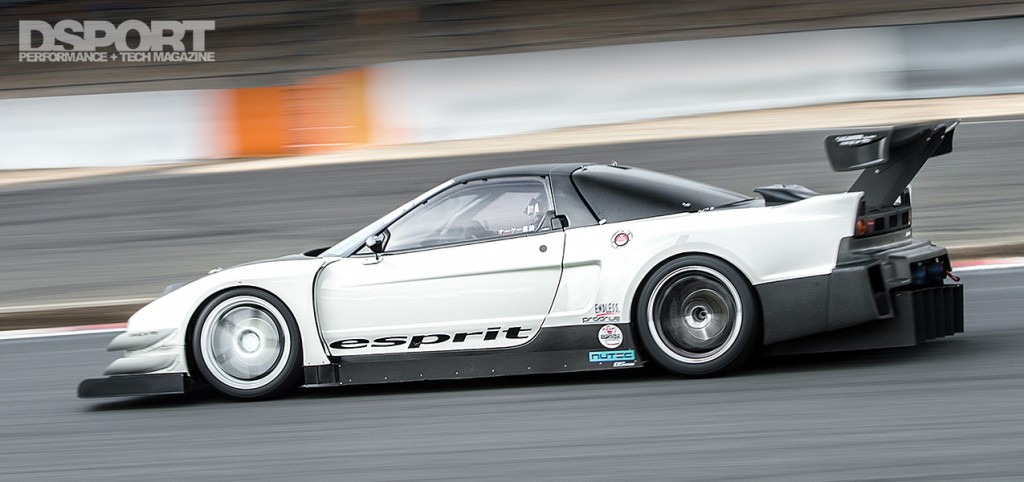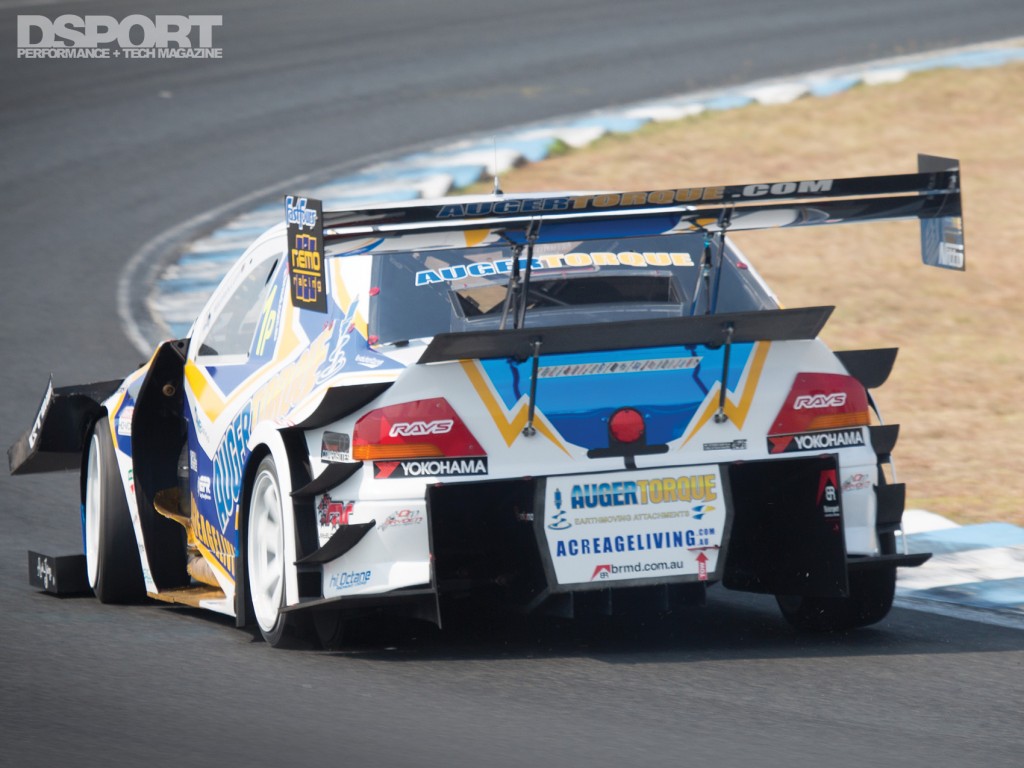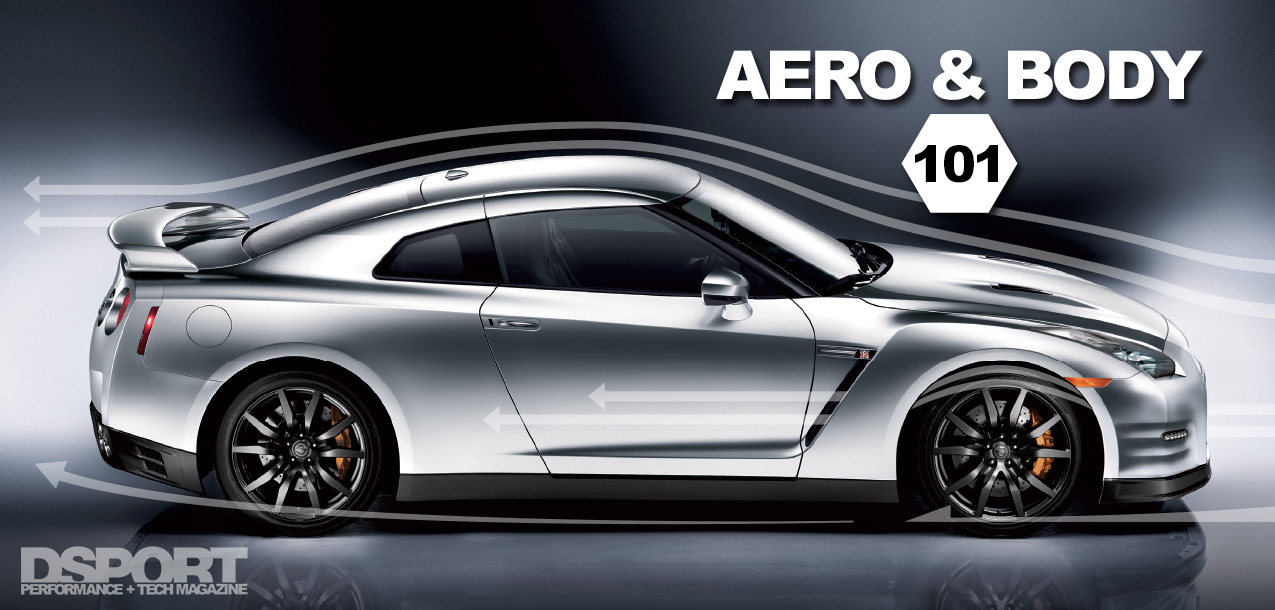Aftermarket Body Tuning
The basic design of the vehicle already establishes its Cd and frontal area. So what can we hope to accomplish through aftermarket aero components? While slight improvements to the Cd may be achievable, considerable improvements to aero-induced downforce can be realized. In fact, some aftermarket aero will sacrifice Cd figures if the gain in downforce is substantial. When this is accomplished the air going over the body of the vehicle doesn’t just rob the vehicle of momentum, it also pushing the vehicle down to the ground. The additional downforce provides an increase in grip that allows the car to get around a racetrack quicker.
For street-driven vehicles that never see track time, aero parts are simply there to look cool. On dual-purpose or race-only vehicles, wings, canards, and splitters are just the basics of what leading-edge, aerodynamically-enhanced racecars have in their arsenal.
In some professional racing series it’s easy and even commonplace for a car to generate downforce greater than its weight, essentially giving the car the ability to defy gravity at speed. As Computational Fluid Dynamics (CFD) and the race teams that take advantage of them continue to evolve, new technology trickles down to the consumer and Pro-Am levels. This allows a larger number of grassroots racers to forge ahead with new aero technology without the expensive outpouring of funds into research and development.
The Ever Popular Wing
Functioning, non-decorational wings come in many shapes and sizes. The use of advanced computational fluid dynamics software has pushed wing development even further and faster than ever before. The different shapes and designs out there are influenced by several factors including vehicle specific applications, series rules, function and yes,“show-ho” aesthetics.
When choosing a wing for your vehicle you first need to determine how the wing will be used. Aesthetics-only wing choice is limited only by the size of your wallet and your particular visual taste. For track use, functional wings can cost into the thousands of dollars but you don’t always get what you pay for. An expensive but poorly designed wing can come apart as easily as a $300 eBay wing. The best practice is to ask around. Find out what competitors with similar vehicles are running at the track. Chances are the faster competitors with a similar vehicle would be willing to share their honest opinions of the wing they’ve purchased and how it helped or hurt their track times. If you’re determined to seek out a good wing on your own accord, there are some things to look for. A good wing will have a high level of adjustability and a quality mounting design. Wingspan is always a factor as some racing series have rules governing the overall width. If competition is not on your list and you simply want to enjoy open track days, selecting a wing that spans the entire width of the vehicle’s rear is a good rule of thumb. The wider the wing, the less you will have to increase the angle of attack (AOA) to get the results that you want. Using this approach reduces the potential for increased drag on your wing and promotes optimum efficiency.
Rear Wing Basics
If the rules for the class allow, set the width of the rear wing equal with the width of the vehicle. Set the height of the rear wing to the same height as the rear of the roof line on the vehicle. In some unlimited classes, setting the wing at a height above the rear roofline is permitted. This will put the wing in an airstream that’s undisturbed by the silhouette of the vehicle.


